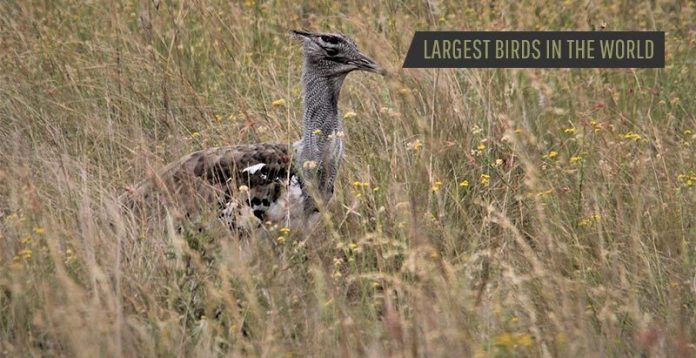We frequently spot Robins and sparrows in our backyard, which is rather typical in our day-to-day lives. The lovely little birds are constantly in nature and emit delightful noises. But ever wonder what the largest birds in the world are? Where do they live and how long are their wings?
There are over 10,000 different bird species in the world. However, a few flying and non-flying birds have observably large bodies. So we bring you the top 10 largest animals that can fly, ranked by its size.
10. Great Bustard
| Discovered: | Europe, Asia |
| Height: | 110 cm |
| Weight: | 21 kg |
| Flighted: | Yes |
| Average Lifespan: | Around 10 years |
| Diet: | Omnivorous |
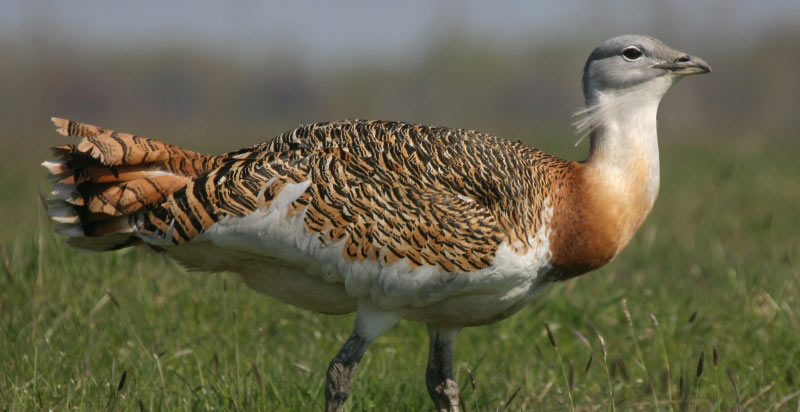
The great bustard is one of the largest birds and the sole representative of the genus Otis. This species was once known by the name Avis Tarda. This species consumes a variety of foods depending on the season. Lives for up to ten years in total. A single male great bustard may mate with up to five females during the breeding season in March. The female lays one to three glossy, olive- or tan-colored eggs in May or June.
9. Wandering Albatross
| Discovered: | Southern ocean |
| Height: | 3.5m |
| Weight: | 10 kg |
| Flighted: | Yes |
| Average Lifespan: | Up to 50 years |
| Diet: | Carnivore |
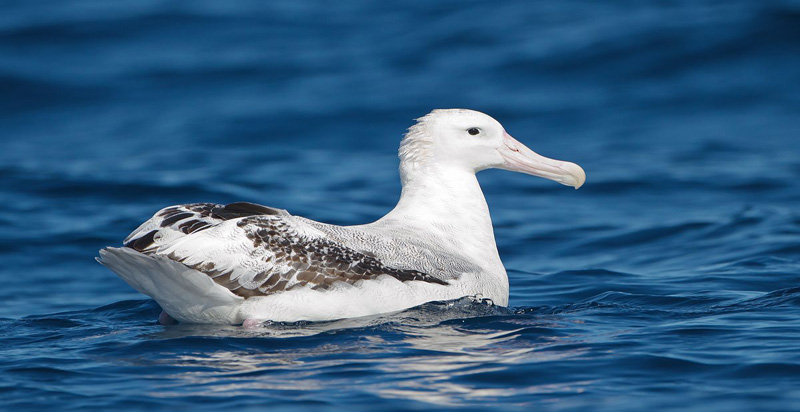
The largest sea bird and the widest wingspan within the Diomedeidae family is the wandering albatross, often known as the snowy or white-winged albatross. Its average wingspan ranges from 2.51 to 3.5m. Every alternate year, the wandering albatross lays one 10 cm long white egg with a few markings on it. One of the most studied and well-known bird species is this one.
They eat crustaceans, tiny fish, and cephalopods at night but can’t fly after overeating. So the birds stay in the water to recuperate. They can also make shallow dives. It is a fallacy that albatrosses can only lay eggs on the ground and cannot feed, drink, or mate while flying.
8. King Penguin
| Discovered: | Antarctica |
| Height: | 92cm |
| Weight: | 20 kg |
| Flighted: | No |
| Average Lifespan: | 26 years |
| Diet: | Carnivores |
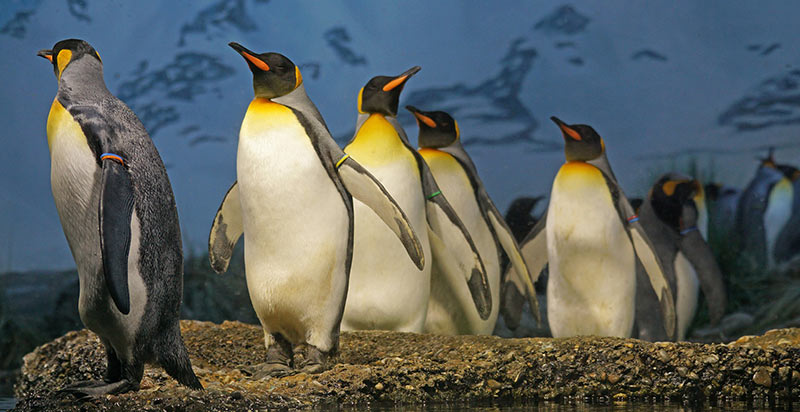
The largest penguin species and the king of all penguins is the King Penguin. Because of the climate and conditions which encourage cooperation, king penguins are gregarious creatures. It resembles an emperor penguin in appearance and swims daily for at least 100 kilometers. This largest bird relies less on krill and other crustaceans than most predators in the Southern Ocean. It mostly eats lanternfish and squid.
7. Lesser Rhea
| Discovered: | South America |
| Height: | 100 cm |
| Weight: | 30 kg |
| Average Lifespan: | 20-25 years |
| Flighted: | No |
| Diet: | Omnivorous |
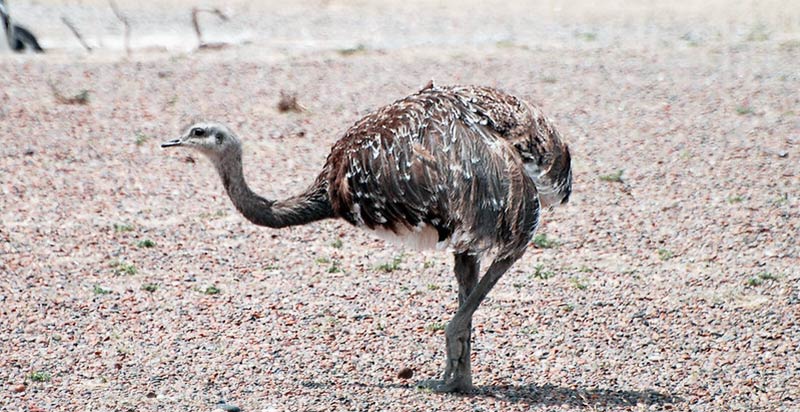
The seventh-largest bird is the Lesser Rhea, sometimes called Darwin’s. Its body and neck are rather large, but its head is small. It can sprint and it is a bird without wings. Once they incubate eggs, the males of this species become hostile. Strong legs with razor-sharp claws serve as weapons to combat predators, defend the eggs, and dig their food. It feeds on grasses, fruits, and saltbush and hangs out in flocks of 5 to 30 birds.
6. Greater Rhea
| Discovered: | South America |
| Height: | 135 cm |
| Weight: | 40 kg |
| Flighted: | No |
| Average Lifespan: | 10.5 years |
| Diet: |
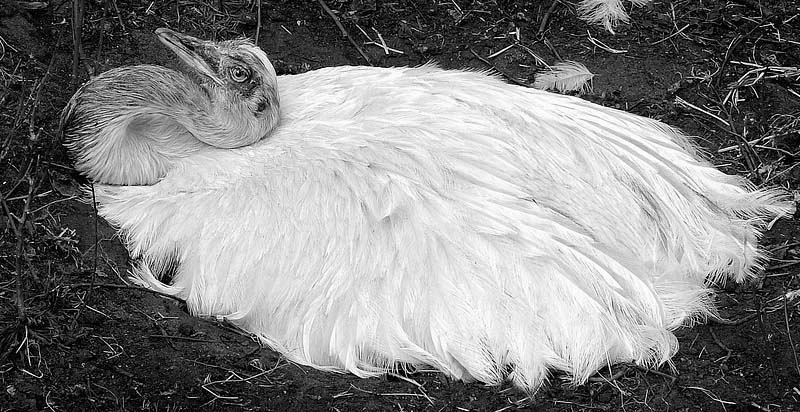
The Greater Rhea is the sixth-largest bird in size and has a lifespan of roughly 10 years. They dislike eating in plantations and fields. The bigger rhea is very helpful for farmers because they only eat cereals or eucalyptus as food. After grasping, it will eat any large invertebrate, including grasshoppers, locusts, true bugs, cockroaches, and other problem insects.
5. Emperor Penguin
| Discovered: | Antarctica |
| Height: | 122cm |
| Weight: | 22-45 kg |
| Flighted: | No |
| Average Lifespan: | 20 years |
| Diet: | Carnivores |
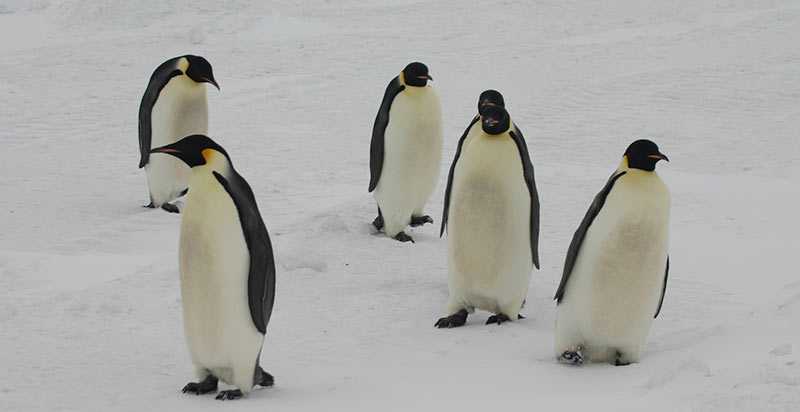
The Emperor penguin is the fifth-largest and heaviest penguin species still living. Body fat beneath the skin aids in maintaining body temperature. A black waterproof feather that helps to capture as much heat from sunlight covers the back and the heads. It has a lifespan of 20 to 50 years. Fish, crustaceans, and cephalopods are among their food sources. It only lays one egg, which a male penguin incubates for two months. Although this species typically lives for about 20 years, some observations suggest they may live for 50 years.
4. Emu
| Discovered: | Australia |
| Height: | 190 cm |
| Weight: | 70 kg |
| Average Lifespan: | 10-20 years |
| Diet: | Omnivores |
| Flighted: | No |
| Speed: | 50 km/h |
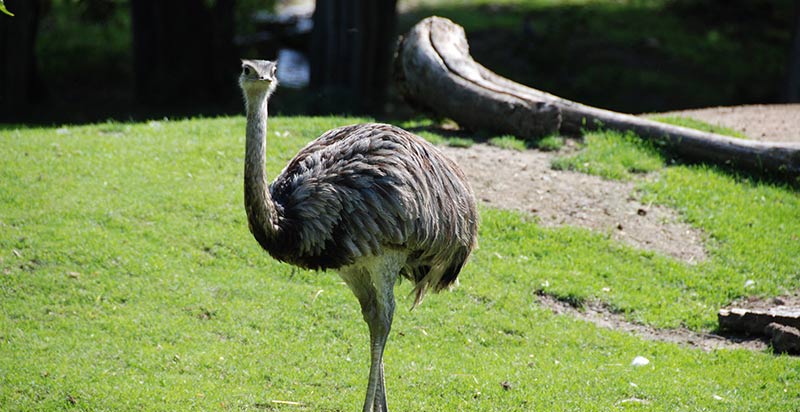
The emu is a soft-feathered, brown, flightless bird that is the fourth-largest and is only found in mainland Australia. Emus sleeps throughout the night, although only in brief periods while seated. The eggs are 89 millimeters in diameter on average. Within a few days of hatching, newly hatched chicks are active and capable of leaving the nest. At first, they are around 12 centimeters tall. They can go for several weeks without eating. They drink a little water, but they drink a lot of it when they do.
3. Northern Cassowary
| Discovered: | Yapen, Batanta, Salawati |
| Height: | 149 cm |
| Weight: | 75 kg |
| Flighted: | No |
| Average Timespan: | 40 to 50 years |
| Diet: | Omnivorous |
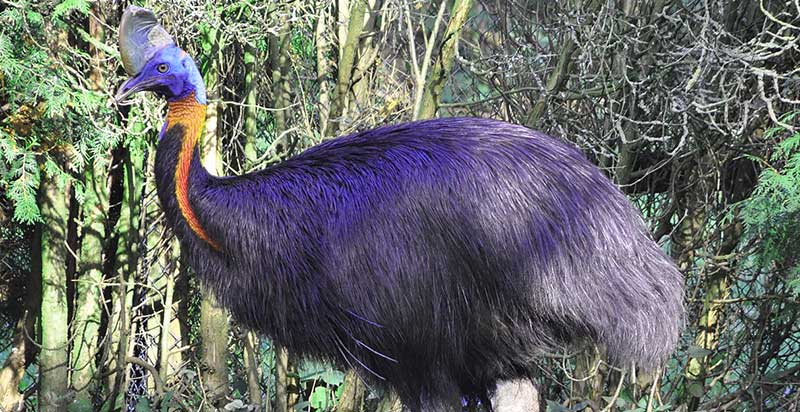
The third-largest flightless bird, Cassowary, is single-wattled and has black plumage. It is a timid and lonesome bird. Its main sources of sustenance are fruits and small animals. They hiss and grunt, just like other cassowaries do. Northern Cassowary belongs to the Casuariidae family. Female species lay three to five eggs, and the male takes care of the young for nine months.
2. Southern Cassowary
| Discovered: | Indonesia |
| Height: | 155 cm |
| Average Lifespan: | Up to 40 years |
| Weight: | 85 kg |
| Flighted: | No |
| Diet: | Herbivores |
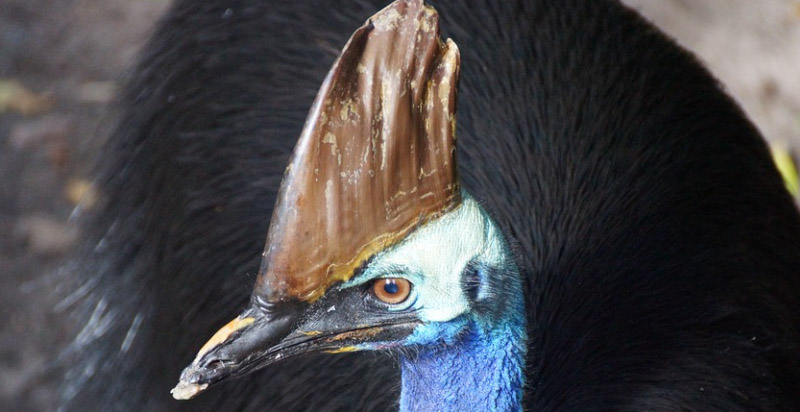
It is the second-largest bird in the world and has twin wattles. The size of a cassowary’s 95mm eggs. It eats the fruit that has fallen to the ground and can safely digest some harmful fruits to other animals. They also consume tiny animals, some insects, and fungi. When provoked, its blade-like claws can kill people and dogs. The male is the only one to care for and rear the chicks. They can swim well.
1. Ostrich
| Location: | Africa |
| Speed: | 70 km/h |
| Height: | 2.1-2.3m |
| Weight: | 63-145 kg |
| Flighted: | No |
| Average Lifespan: | 30 to 40 years |
| Diet: | Omnivore |
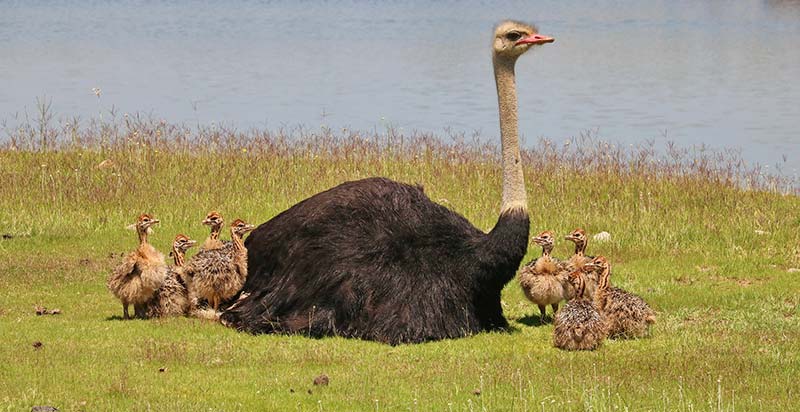
The ostrich is the first largest bird on Earth. Ostrich cannot fly with their heavy wings, but they can run at high speed using their legs. It lays the heaviest eggs weighing about 1.4kg. The bird is known all over the world for its feathers, which are decorative and used as feather dusters.
Its skin is used for leather products, and its meat is marketed commercially, with its leanness a common marketing point. They mainly consume seeds, shrubs, grass, fruit, and flowers; they occasionally eat insects such as locusts. When the ostrich is eating a bird, it fills its gullet with food passed down its esophagus as a ball called a bolus.
Now, this brings to an end our investigation into the largest flying birds in the world in terms of their size. Make a note that only 2% of bird species are flightless, with most having smaller wings but denser bones and much larger bodies. In this blog we have discussed the top 10 largest birds on the planet, both flying and non-flying.
